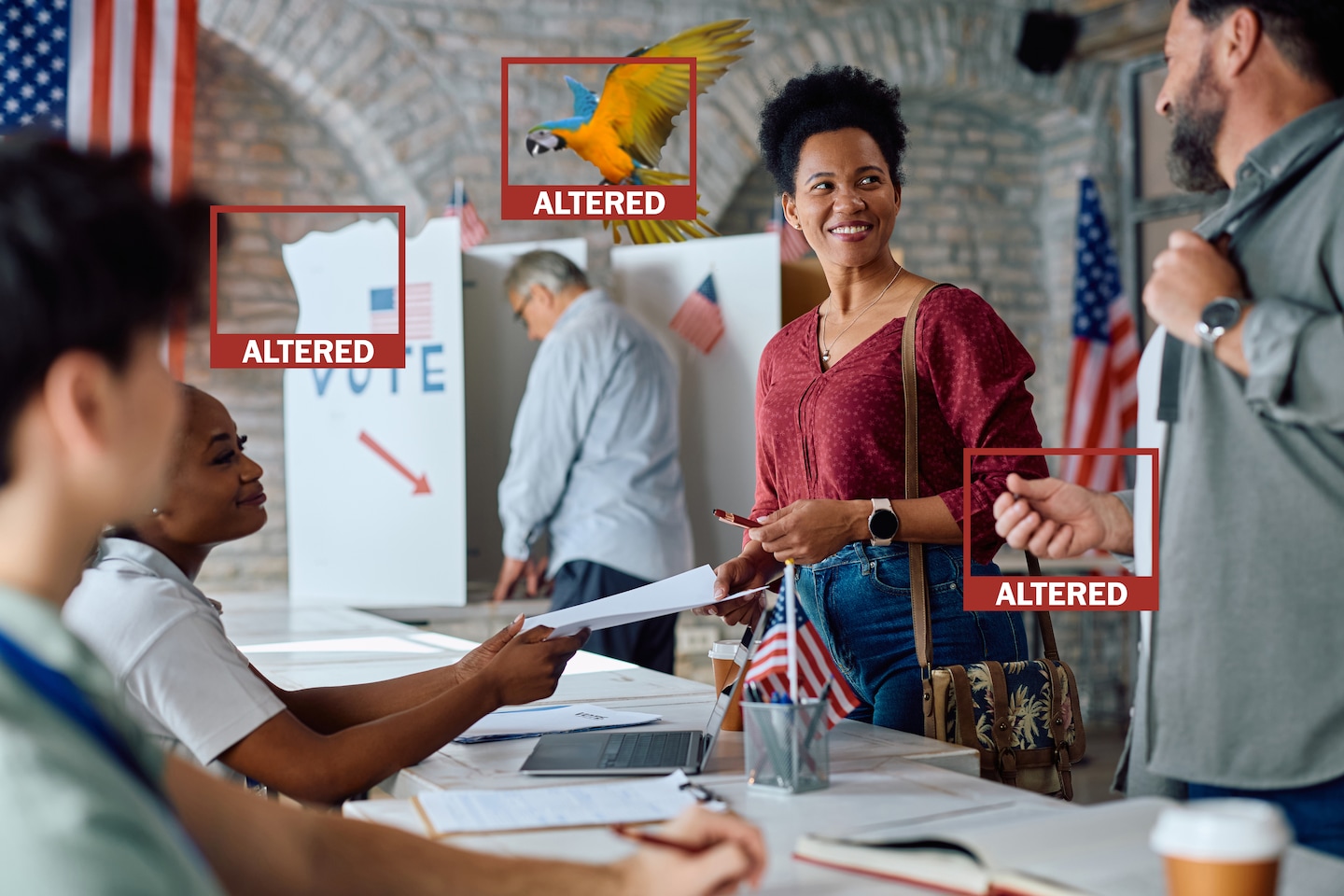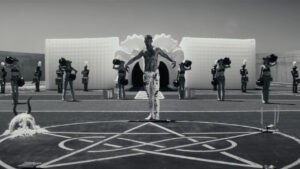In today’s digital age, where visual media inundates our daily lives, it has become increasingly crucial to be adept at distinguishing between real and doctored images. The power of photographs to shape our perception of the world cannot be understated, and it is imperative that we develop the ability to discern the authentic from the manipulated. This field guide aims to provide you with a comprehensive toolkit to spot fake pictures, empowering you to navigate the sea of visual information with confidence.
To embark on this journey of visual literacy, let us first explore the hallmarks of a genuine photograph. Authentic images often possess an inherent sense of realism, capturing genuine emotions and untampered moments. They tell a story that resonates with our own experiences and intuition. When we come across an image that leaves us questioning its authenticity, it is essential to scrutinize it further.
One technique experts suggest is conducting a reverse image search. By using various online tools and search engines, we can trace the origins and usage history of an image. This can provide valuable insights into its credibility and potential alterations. Additionally, paying attention to details such as lighting, shadows, and inconsistencies can unravel the truth behind an image. Professional photographers can also provide invaluable insights, as their trained eyes can often spot telltale signs of manipulation.
Taking a proactive approach, we can also educate ourselves about the latest advancements in image-editing software. Having a basic understanding of the techniques used to manipulate photos enables us to recognize their effects and identify potential red flags. Familiarizing ourselves with common editing tools and their capabilities equips us with the knowledge necessary to spot subtle alterations.
While the responsibility to verify the authenticity of images lies with us as viewers, it is crucial to acknowledge the role of technology in combatting misinformation. Advancements in artificial intelligence and machine learning have paved the way for automated tools that can detect image manipulation. These tools analyze various aspects of an image, such as inconsistencies in pixel values or the presence of cloned regions. Embracing these technological advancements can complement our own efforts in spotting fake pictures.
In conclusion, the ability to discern between real and fake pictures has become a vital skill in today’s information-driven society. By honing our visual literacy, conducting reverse image searches, paying attention to details, educating ourselves about image-editing techniques, and utilizing technological advancements, we can navigate the visual landscape with confidence. Let us empower ourselves to challenge the narratives presented to us and champion the truth in a world increasingly influenced by manipulated visuals.
Prefer to listen? No problem! We’ve created an audio version for your convenience. Press play and relax while you absorb the information.











